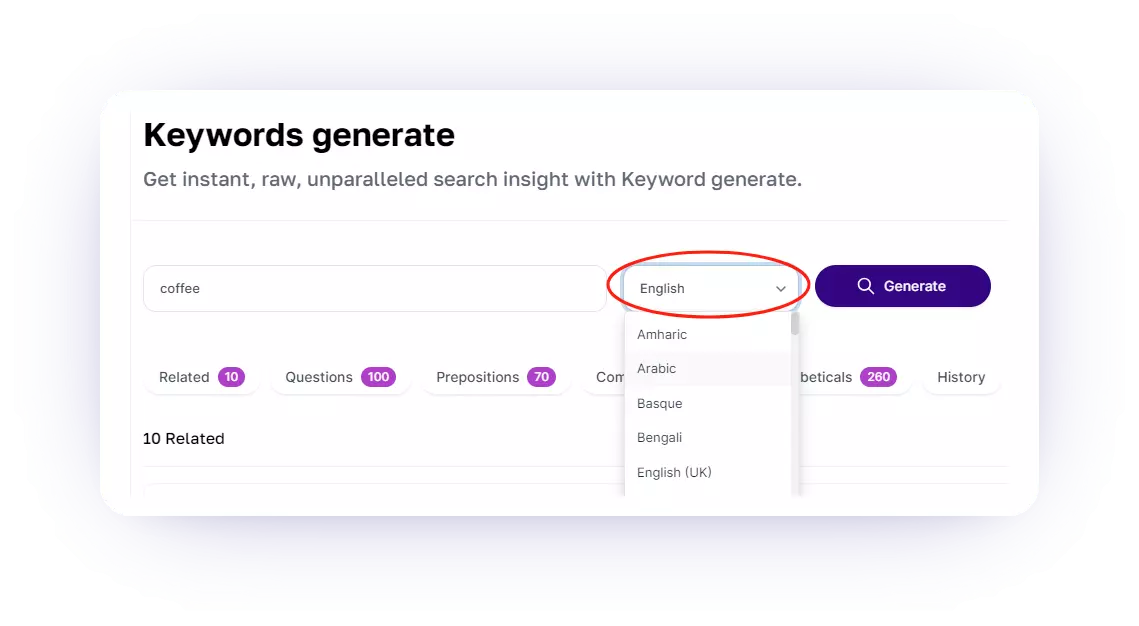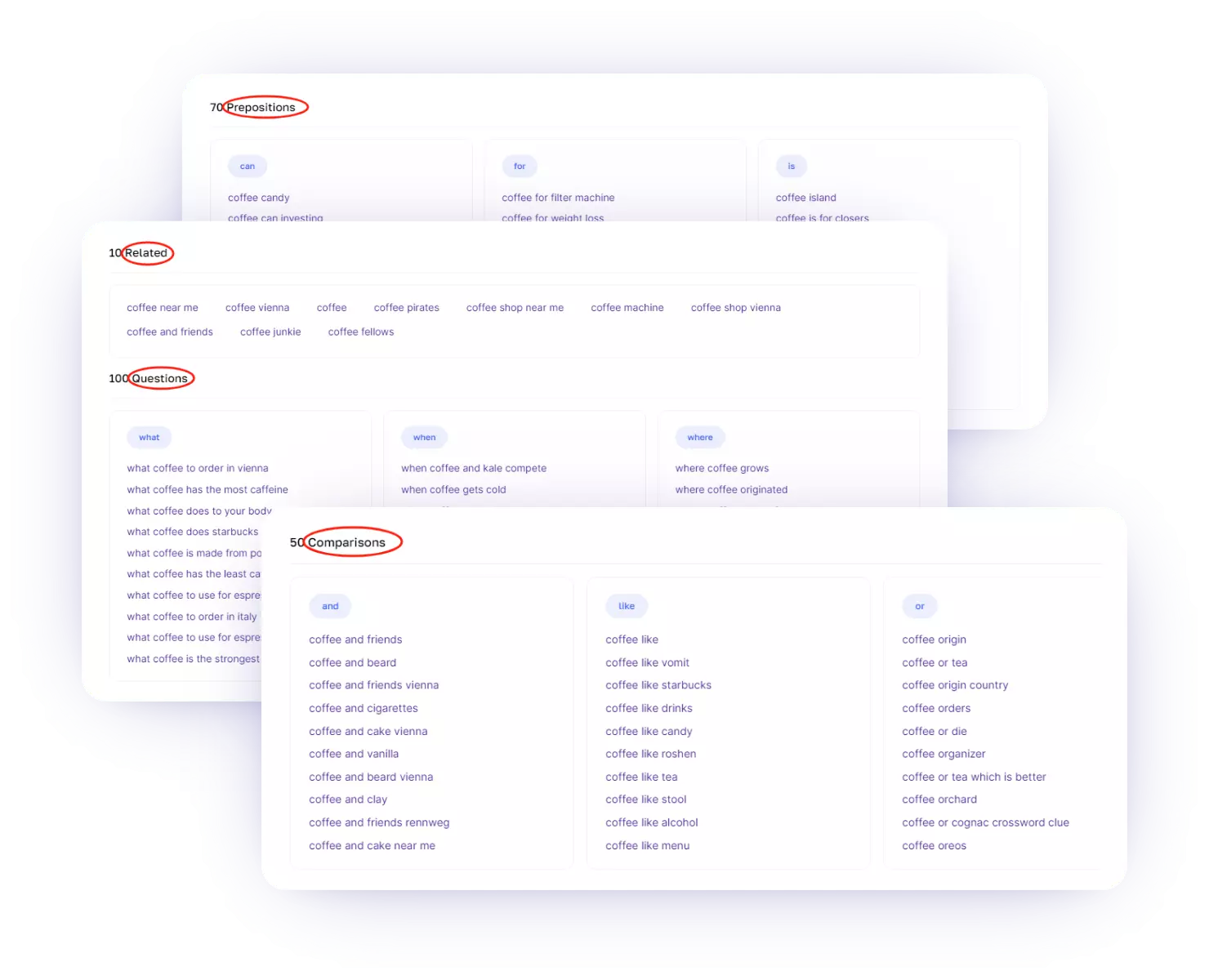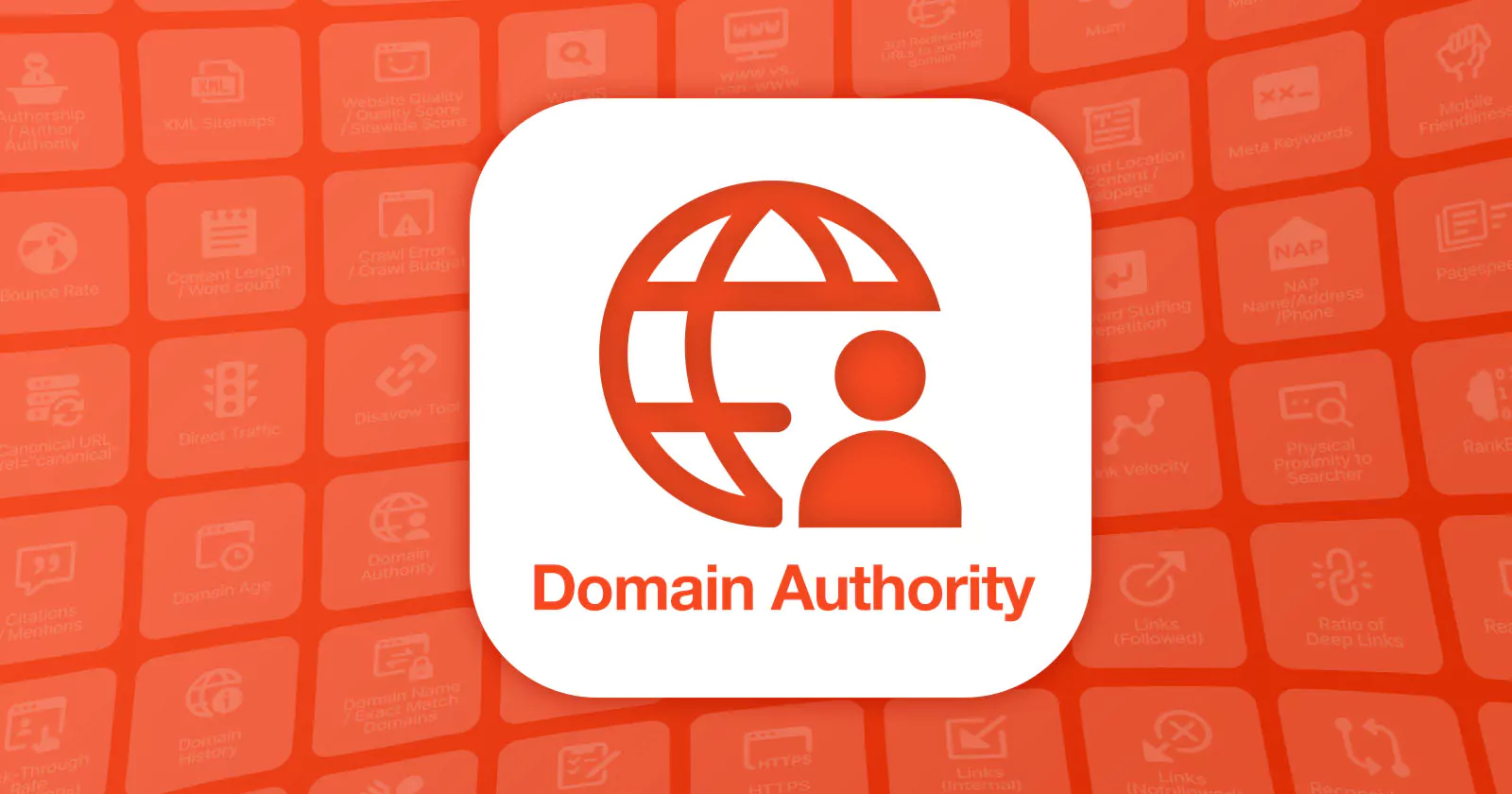
Wondering how to write SEO content as a beginner? By following these steps, you can create SEO-friendly content that not only ranks well in search engine results but also resonates with your audience.
Whether you're a seasoned writer or a novice, understanding the principles of SEO content creation is crucial.
This comprehensive guide will walk you through the key steps and strategies to produce compelling SEO-friendly content.
Understanding SEO Content Writing
SEO content writing involves creating content that aligns with both user intent and search engine algorithms.
It's not just about stuffing keywords but delivering valuable, relevant, and engaging information to the audience while optimizing it for search engines.
Also Read: Do Google Reviews Help SEO?
How to Write SEO Content?
Here's a step-by-step guide on how to write an SEO blog:
Step 1: Identify Your Audience and Keywords
Define Your Target Audience: Understand who your content is intended for. What are their interests, problems, and preferences?
Keyword Research: Use Niche Finder’s Keyword Generate tool to find relevant keywords related to your audience's interests and search queries.
Below is part of the search results for "coffee". You can also dedicate languages to make search results more regionally targeted.


Step 2: Understand User Intent Behind Keywords
Determine what users are looking for when they type in specific keywords. Is it informational, navigational, commercial, or transactional?
Step 3: Plan Your Content Structure
Outline the structure of your content, including headings, subheadings, and key points to cover. Ensure it aligns with your keyword research and user intent.
Step 4: Write High-Quality Content
Compelling Headline: Craft a catchy headline that includes your primary keyword.
Quality Content Creation: Write informative, engaging, and well-researched content that addresses the user's query or intent.
Keyword Placement: Incorporate your target keywords naturally throughout the content, including in headings, subheadings, and the body. Avoid keyword stuffing.
Step 5: Optimize On-Page Elements
Pay attention to some important on-page SEO elements.
Meta Title and Description: Create an enticing meta title and description that includes your primary keyword and encourages users to click.
URL Optimization: Ensure your URL is concise, descriptive, and includes relevant keywords.
Heading Tags (H1, H2, H3): Use heading tags to structure your content and include keywords in these tags where appropriate.
Step 6: Optimize for Readability and User Experience
Readable Format: Use short paragraphs, bullet points, and subheadings to break up content for easy reading.
Multimedia Integration: Include relevant images, videos, infographics, or other multimedia elements to enhance user engagement.
Step 7: Incorporate Internal and External Links
Internal Links: Link to other relevant pages within your website to guide users to more information.
Related: How Many Internal Links Per Page SEO?
External Links: Cite authoritative sources and link to high-quality external websites for additional context or credibility.
Step 8: Review and Edit
Proofreading: Check for spelling, grammar, and factual errors. Ensure the content flows logically and reads smoothly.
SEO Tools: Utilize SEO tools to check for keyword optimization, readability, and overall SEO-friendliness.
Step 9: Publish and Promote
Publish Your Content: Upload your optimized content to your website or blog platform.
Share on Social Media: Promote your content across social media platforms to increase visibility and encourage engagement.
Step 10: Monitor and Update
Track Performance: Use analytics tools (Google Analytics, SEMrush, etc.) to monitor how your content performs in terms of traffic, rankings, and user engagement.
Update as Necessary: Regularly update and refresh your content to keep it relevant and up-to-date with any changes or new information in your industry.
5 Tips for Effective SEO Content Writing
Here are some tips for effective SEO content writing.
Create Valuable and Relevant Content
Solve Problems: Address your audience's pain points and provide solutions through your content. Focus on delivering value and relevance to keep users engaged.
Optimize for User Experience (UX)
Readable and Scannable Content: Break content into smaller sections, use bullet points, and incorporate visuals to make it easy to read and digest.
Regularly Update and Refresh Content
Evergreen Content: Aim to create timeless content that remains relevant over time. Periodically update articles to keep them fresh and accurate.
Leverage Multimedia Elements
Visual Content: Use images, infographics, videos, and charts to complement your written content. Visuals not only enhance user experience but also increase engagement.
Encourage Backlinks and Social Sharing
Link-Worthy Content: Produce content that other websites would want to link back to. Encourage social sharing to increase visibility and reach.
Why Is SEO Writing Important?
The significance of SEO writing lies in its capacity to expand the reach of your content to a larger audience genuinely interested in what you offer.
Crafting content with SEO considerations enhances the visibility of your material, elevating the likelihood of it being discovered and indexed by search engines like Google.
Consider SEO as a pivotal bridge connecting search engine users to your content. It serves as the pathway that guides and directs potential readers or consumers toward your valuable content.
Without this vital bridge, even the most valuable content might remain hidden and fail to capture the attention it deserves from the audience actively seeking such information.
Conclusion: How to Write SEO Content
Mastering SEO content writing is an ongoing process that requires a blend of creativity, research, and technical knowledge.
By understanding the principles outlined in this guide and consistently applying them, you can create content that not only ranks higher in search engine results but also resonates with your target audience, driving organic traffic and enhancing the overall success of your website or blog.
Remember, SEO is dynamic, so staying updated with the latest trends and algorithm changes is key to maintaining your content's relevance and visibility in the digital realm.

